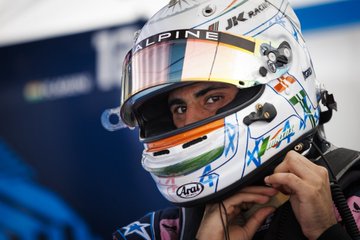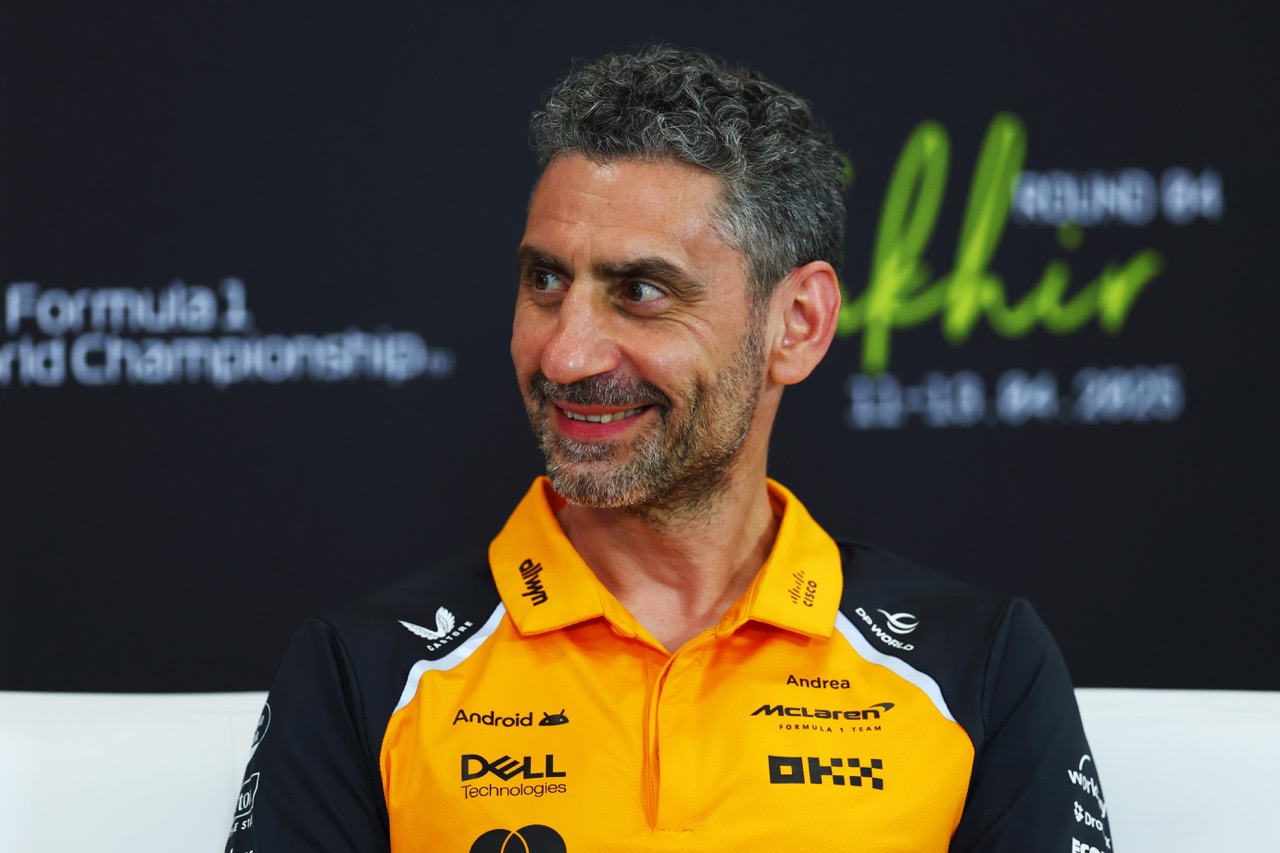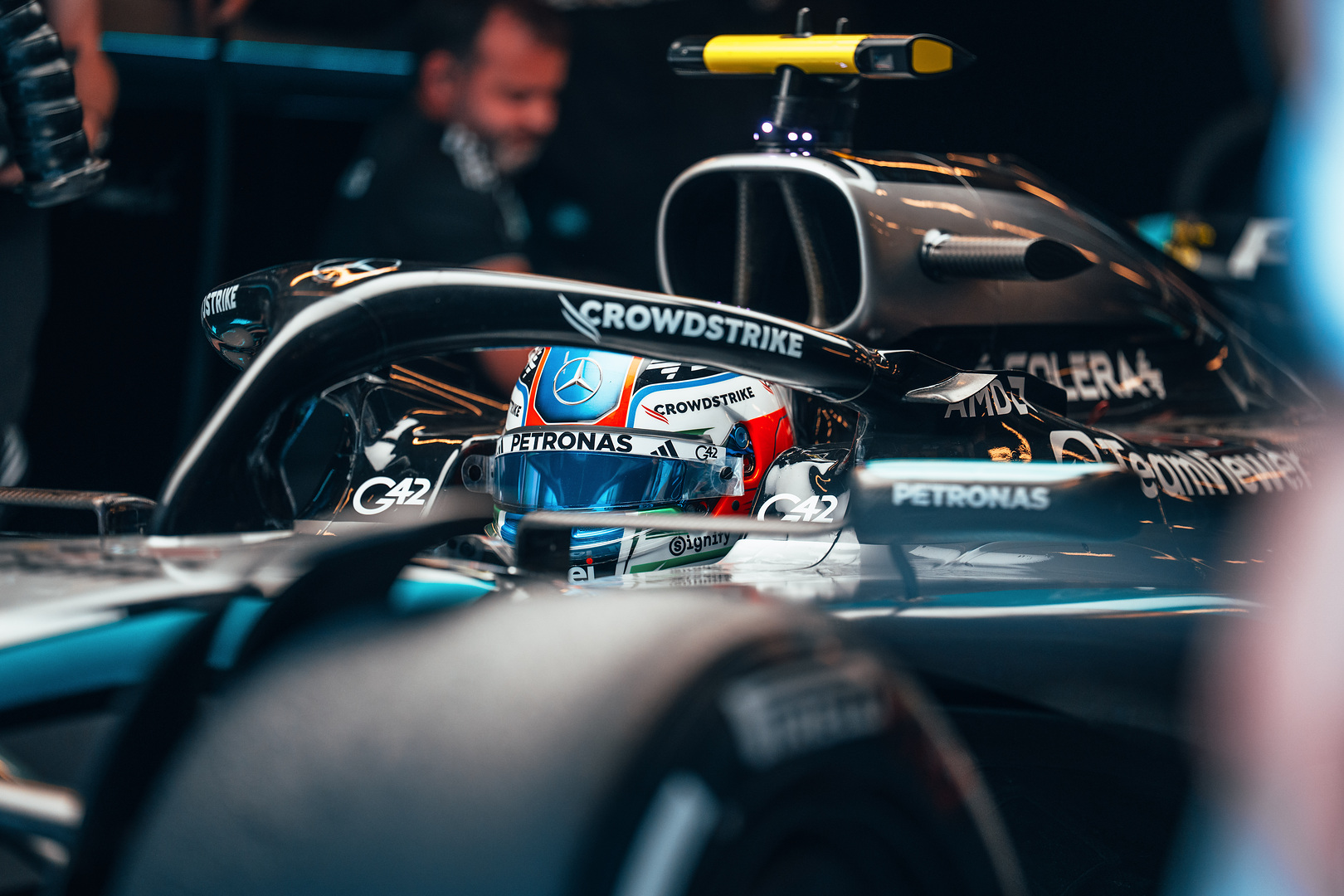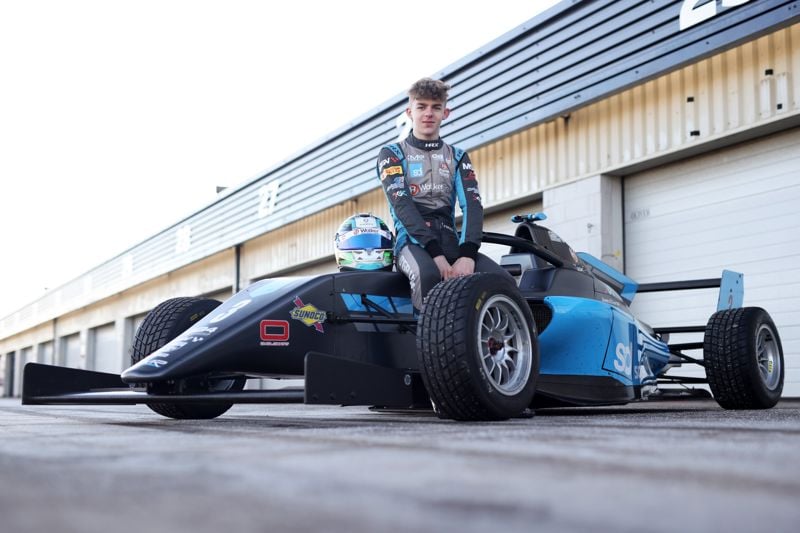The 2025 F2 season will mark Kush Maini’s third campaign in the series. Maini entered the 2025 season with a new team, DAMS Lucas Oil, making it his third team in F2. The Indian driver had made his F2 debut with Campos Racing in 2023 and moved to Invicta Racing in 2024.
Maini is one of the few drivers on the 2025 F2 grid to have experienced both the old and new F2 cars. Having experienced changes every racing season he has completed in F2, his driving style has evolved along with his journey in the series. The Alpine driver explained how his driving style has changed throughout the years and the differences in adapting to a new car.
Comparing the old and new F2 car
At the start of the 2024 F2 season, a brand-new 2024 car was introduced to the grid. In comparison to the 2023 F2 car, it was a completely new chassis and engine package. Key changes to the car included a redesigned front wing, floor, sidepods, and rear wing, aiming for a closer resemblance to Formula 1 cars.
The new chassis was designed to provide closer racing and encourage more wheel-to-wheel action on track. But what did Maini make of the new car, and how did he adapt to the changes? The Indian driver spoke on how the new car allowed him to be more aggressive on track and the differences in approaches when it came to the brakes.
“I would say very late on the brakes, very hard on the brakes. Pushing the entries a lot, and I would say an aggressive approach overall.”
Adapting to the new car
Maini also shared how he adapted his racing style to the new 2024 F2 car, reflecting that adaptability is key to learning a new car. The 2024 F2 caR had an updated aerodynamic design compared to the 2023 car, moving towards a ground effect concept similar to F1 cars. Speaking on the topic of aerodynamics, Maini compared driving an F4 car to an F2 car, emphasising that every series had its own challenges.
“I think you always have to adapt your style depending on the car. The better you adapt to a car, the faster you can learn it, so every car is different. F4 – There isn’t much aero, so you have to carry minimum speed and not brake at the last moment and carry the momentum through. Whereas, in F2, you have great braking performance, so you can go fast in this way as well. Every category is different and offers its own challenge, but overall, it teaches you how to adapt a lot over the years.“
Maini believes the challenges from each level of formula racing are all part of the journey to the eventual end goal. A seat in Formula One, where all the past lessons and experiences will come in handy.
“I think that’s how you reach F1 in the end, knowing how to adapt to all these different cars. That’s the goal of the ladder.“
Learning at his own pace
Everyone learns at their own pace, and it’s no different when it comes to drivers learning and adapting to a new car. However, drivers will want to adapt to their car as fast as possible. Especially since this adaptability is crucial for maximising performance and optimising the car’s setup. Having a clear understanding of their car allows them to provide quick and clear feedback to their teams. Said feedback is even more crucial for making real-time adjustments and refining the car’s setup throughout a race weekend.
As explained by Maini, if a driver’s driving style does not align with their car, more laps would be necessary to learn the car.
“If your natural style suits the car you’re in, the learning process can be quite quick to be honest. If it doesn’t, it can take a few more laps.”
For the DAMS driver himself, his aggressive driving style, characterised by late braking, definitely suited the F2 car a lot better than the F3 car. He reflected on how he took a lot longer to adapt to the car during his F3 campaign when compared to his F2 campaigns thus far.
“In my first season of F2, I got comfortable with it really quickly, whereas F3 I took a bit more time, so it just depends on what suits you, but in the end, we’re racing drivers and if it doesn’t suit our style, we have to adapt. The faster we do that, the less time we waste.”
Learning every season
Even as he enters his third F2 campaign, Maini is still learning every race. The Indian driver’s 2024 F2 season had a strong start and many impressive moments. Most notably, Maini had scored his maiden F2 victory in the Sprint race at the Hungarian GP. However, his season was also one of frustration and disappointment. Maini ended the 2024 F2 season in P13 with a total of 74 points to his name.
When reflecting on his disappointing 2024 season, the Alpine-backed driver affirmed that he had the speed; however, he struggled to translate said speed on track due to the car.
“I’m still learning things in F2. Last year, the high points were very high, and the low points were very low. F2 is like that – the stars have to align. You have to do the best on your side to make things align.”
“Maybe last year I didn’t do the best job of that. I know I’m quick enough, it’s about getting the whole package together, and that’s the trick in F2 and what I’m learning every day.“
Speaking on his struggles during the 2024 season
When elaborating on why he struggled during the 2024 season, Maini emphasised through his comparisons of his 2024 and 2023 seasons how adaptability and stability are crucial.
“The ‘new’ car felt a bit different. I felt less stability on the brakes, the aero is coming from a different place, so to achieve lap time, you have to adapt your style a little bit for the newer car”.
“For whatever reason, the old car I seemed to get straight away whereas the new car, even though I was quick straight away it was being consistent and adapting to it for every track that changed. Each car, even if it’s the same lap time, it’s achieved in different ways and that can make it feel different.”
Sim racing
Finally, Maini also spoke on how simulator work supports his on-track performance. Sim racing is used by teams and drivers to prepare for races. This offers a way to practise car set-ups, track familiarisation and hone driving skills. This could be especially useful when drivers and teams approach a track they had yet to drive at.
Maini shared how he personally uses sim racing as a form of preparation while singing praises for how race-accurate the simulator is.
“I think the sim can help and I’ve driven some in the past where I feel better on track, but then some simulators you can rely on with some setup work. The F1 sims are very advanced in that respect, so you can do a lot more with them. It just depends on the correlation and how accurate it is.“
However, he also brought up how one should not be over-reliant on the simulations. Highlighting how the actual on-track drive could be different. Nevertheless, sim racing has made its way into his pre-race routines. It has also allowed him to form a better understanding with his team and provide more useful feedbacks for future upgrades.
“You don’t want to rely on the sim that doesn’t correlate, rely on it for setup and turn up in FP and you’ve blown it. It’s a fine line but in the end, I definitely feel better going into a weekend after having done sim prep, it’s like a ritual now. I feel like the team and I understand each other now and have created harmony in the way we work.”





